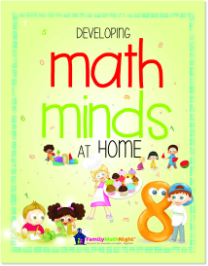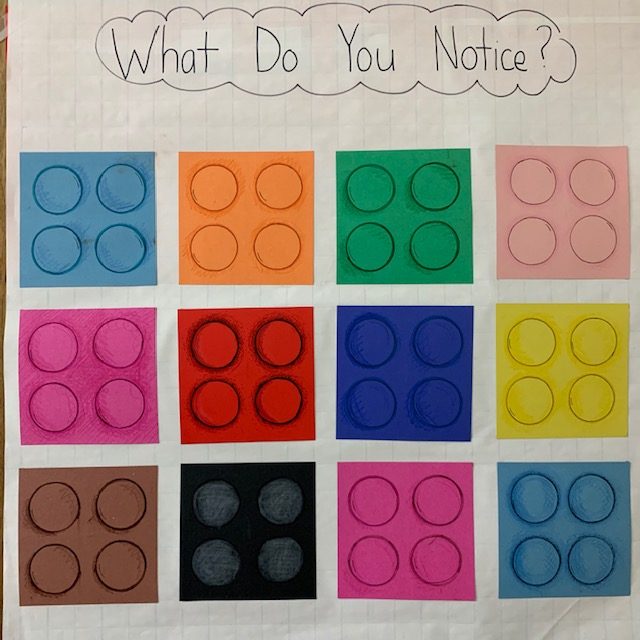Time Capsule – A Family Math Night Activity
We are living through a historic moment in history that has brought about some major changes to our lives. As an elementary math educator, I wanted to figure out a way for students to capture this moment through a math activity. That’s when I came up with the idea of creating a time capsule.
I presented the activity a few weeks ago as a webinar for a homeschooling consortium but when we lost the video of the presentation, I decided to film it again and am including it for you below.
It’s a simple but fun project that the whole family can do. With a little adaptation, it would work in the virtual classroom, as well.



